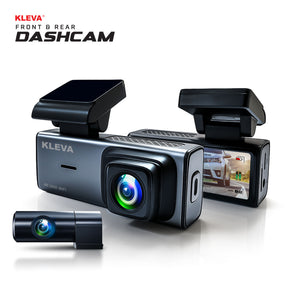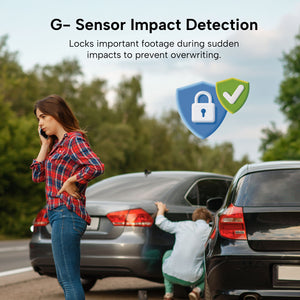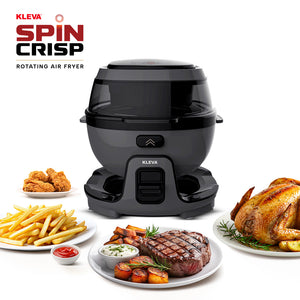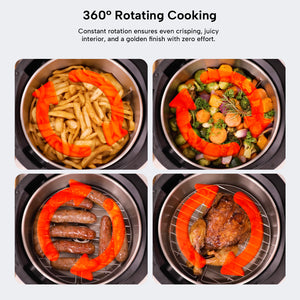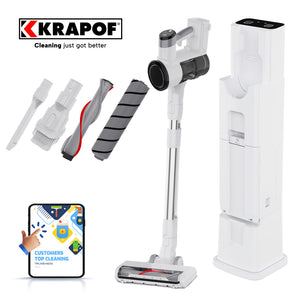Is a Self-Empty Vacuum Worth It? | KRAPOF Compact Clean
Tired of dealing with cords, dust clouds, and constant emptying? A self-empty cordless vacuum can make everyday cleaning dramatically easier. The KRAPOF Compact Clean Self-Empty Cordless Stick Vac offers strong suction power, long battery life, and a fully automated self-empty system that keeps your hands and air clean. It empties itself into a sealed base after every use, stores weeks’ worth of dust, and stays charged and ready on its docking station — making it ideal for busy homes, pet owners, and anyone who wants faster, cleaner, hassle-free vacuuming.
This cordless vacuum removes the usual frustrations of cleaning: no cords to trip on, no weak suction, and no stopping halfway to empty the bin. It lifts dust, pet hair, crumbs, and debris from carpets, tiles, furniture, and tight spaces, all while remaining lightweight and easy to maneuver. Its compact, modern design also fits comfortably in smaller homes without taking up extra space.
If you’re looking for a vacuum that’s convenient, powerful, and genuinely low-maintenance, the KRAPOF Compact Clean delivers performance and simplicity in one smart system.
January 06, 2026
What to Check Before Buying a Garment Steamer
Ever looked at your wrinkled shirt five minutes before heading out and thought, “I don’t have time for this”? That’s where a good garment steamer saves the day. But not all steamers are created equal. Some leave clothes damp, others take forever to heat up, and a few just don’t remove stubborn creases at all. After trying a few different models myself, I found the Kleva 2-in-1 Handheld Clothes Steamer & Iron — and honestly, it’s everything I was looking for in one smart, compact design. Before you buy your next garment steamer, here’s what you should always check — and how this one nails every point.
January 03, 2026
Best Instant Hot Water Dispenser: Kleva Deluxe Review
Instant hot water shouldn’t require waiting, wasted energy, or a noisy kettle. The Kleva Hot Water Dispenser Deluxe delivers boiling water in seconds with precise digital controls, efficient one-cup heating, and a compact design that fits any kitchen. It streamlines daily routines, cuts power use, and replaces traditional kettles with a faster, cleaner, more convenient way to heat exactly the water you need.
December 31, 2025
KRAPOF Tough Scrub Excel: The Cleaner Everyone Loves
The KRAPOF Tough Scrub Excel takes the strain out of tackling grease, grime, and stubborn buildup. Its rotating pads, cordless design, and interchangeable heads make it a versatile cleaner for kitchens, bathrooms, outdoor areas, and cars. With fast, powerful scrubbing that cuts cleaning time dramatically, it replaces multiple tools and handles hard work with ease.
December 25, 2025
Instant Hot Water vs Traditional: Which Wins?
Instant hot water dispensers cut out the waiting, the wasted energy, and the hassle of kettles. The Kleva Instant Hot Water Dispenser delivers boiling water in seconds, offers precise temperature control, uses less power, and adds safety features that make daily routines smoother. For anyone who wants quick, efficient, on-demand heat without installation or fuss, it’s a clear upgrade from traditional systems.
December 22, 2025
Light & Easy: The Best Self-Empty Vacuum to Buy Now
The KRAPOF Self-Empty Cordless Stick Vac takes the strain out of everyday cleaning. It’s lightweight, balanced, and automatically empties its own dust bin into a sealed compartment, making vacuuming quick and hands-free. With easy storage, strong suction, and effortless maneuvering on both hard floors and carpets, it turns cleaning from a chore into a simple grab-and-go routine.
December 20, 2025
Why Aussies Love the Kleva SmartPlay 7″ Rear Cam
The Kleva SmartPlay 7″ with Rear Camera turns any car into a smarter, safer ride. It adds Apple CarPlay and Android Auto in minutes, pairs smoothly, and lets you control maps, calls, and music with your voice so you’re not reaching for your phone. The included rear camera gives a clear view when reversing, making parking easier and safer. Simple to install and built for any vehicle, it brings modern convenience to daily drives and long trips alike.
December 17, 2025
Healthy Air Fryer Chicken Schnitzel (Crispy Without the Oil)
Discover how to make crispy chicken schnitzel in the SpinCrisp Air Fryer using less oil and no deep frying. This easy, healthier recipe delivers golden crunch with juicy results, perfect for smarter everyday cooking.
December 16, 2025
The 2-in-1 Steamer & Iron Aussies Are Buying Now
The Kleva 2-in-1 Handheld Clothes Steamer and Iron turns a once-tedious chore into a quick, grab-and-go fix. It heats in seconds, works on every fabric, and delivers both the smooth finish of an iron and the convenience of a steamer. With powerful, consistent steam and a lightweight design, it handles daily touch-ups, weekend piles, and even curtains without setup or fuss. Perfect for anyone who wants fast, crease-free clothes without dragging out a full iron and board.
December 15, 2025
Why Aussies Love the Kleva Instant Hot Water Deluxe
The Kleva Hot Water Dispenser Deluxe replaces long kettle waits with near-instant boiling water, making mornings smoother and faster. It heats only the amount you need, saving power while keeping noise low and the design compact. Ideal for families, offices, and anyone who makes hot drinks or quick meals throughout the day, it streamlines daily routines and delivers hot water in seconds with adjustable temperatures and simple operation.
December 13, 2025
Why Drivers Love the Kleva SmartPlay 7″ CarPlay Kit
The Kleva SmartPlay 7″ with Rear Camera turns any car into a safer, more connected drive. It sets up in minutes, delivers a bright 7-inch display that’s easy to see in daylight, adds hands-free calling and navigation through Apple CarPlay or Android Auto, and includes a rear camera that makes reversing far less stressful. It works in almost any vehicle and brings modern convenience to everyday driving without complicated installation.
December 09, 2025
Why People Still Love the Kleva SpinCrisp Air Fryer
Many air fryers end up abandoned because they cook unevenly, take up too much space, and are frustrating to clean. The Kleva SpinCrisp Rotating Digital Air Fryer flips that story by rotating food automatically for consistent crisping, speeding up cook times, and wiping clean in seconds. Compact but roomy, it brings back the convenience people wanted from air fryers in the first place — no shaking, no guessing, just even results every time.
December 07, 2025
 Discounts are applied at checkout
Discounts are applied at checkout









